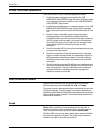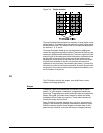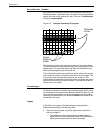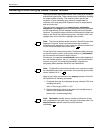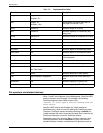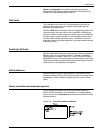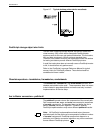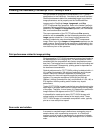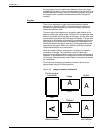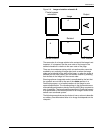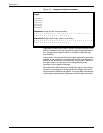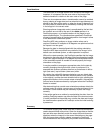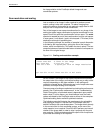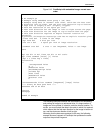
POSTSCRIPT
2-26 XEROX DOCUPRINT NPS GUIDE TO USING PAGE DESCRIPTION LANGUAGES
Figure 2-7. Typical desktop printer device coordinate
PostScript storage object size limits
The two main PostScript storage objects are the font cache and
virtual memory (VM), which stores composite PostScript data
structures such as the user and system dictionaries. The font cache,
VM, and data structures in VM do not have standard sizes.
Therefore, test masters that print out these object sizes are useless
for testing consistency across different PostScript printers.
A small font cache size does not normally cause a PostScript master
to fail; it should affect only performance.
Refer to the PostScript Language Reference Manual for typical
memory limits for PostScript products. These limits should be
considered minimum values.
Obsolete operators—banddevice, framedevice, renderbands
The banddevice, framedevice, and renderbands operators are
obsolete and should not be used. These operators were not meant
to be included in page descriptions and were used only in certain
implementations for device setup.
Arc to Bezier conversion—pathforall
The pathforall operator returns the components of the current path.
Path components arc, arcn, and arcto are converted to sequences
of curveto components. The standard does not define the arc to
Bezier (curveto) conversion algorithm. Therefore, different
PostScript implementations may return different pathforall results.
Note: All PostScript implementations should return the same
equivalent path, but the path may be composed of a different number
of curveto components. PostScript masters that depend on a
particular arc to Bezier conversion algorithm may not be consistent
across different PostScript printers.



